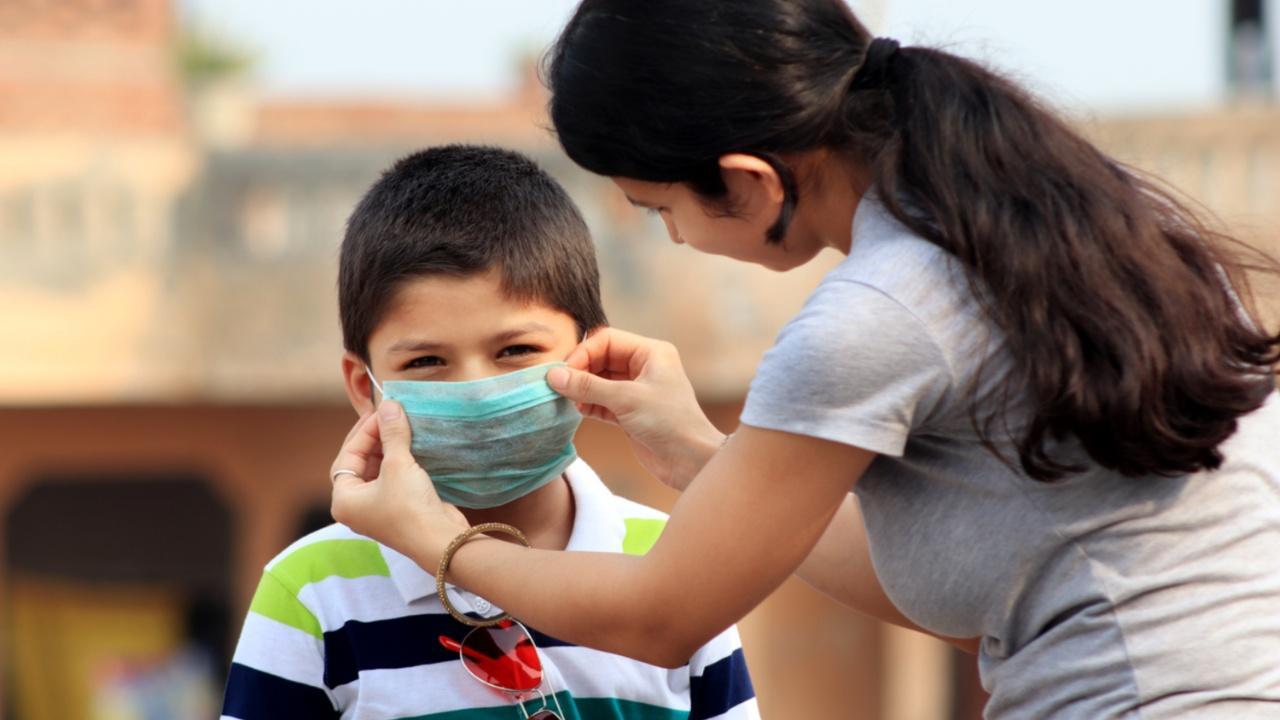Both surgical and cloth masks reduced the production of exhaled particles during high-intensity activities, though surgical masks were associated with reduced particle emissions compared to cloth masks across all activities

Face masks, especially surgical face masks effectively reduce the release of particles. Photo Courtesy: iStock
A recently published study has claimed that using surgical masks can help children fight respiratory infections. The study also found evidence that face masks can reduce the release of exhaled particles.
ADVERTISEMENT
Similar to adults, children produce exhaled particles that vary in size and concentration across a range of activities. The production of exhaled particles that were 5 micrometre or smaller, which is the dominant mode of transmission of many respiratory viruses, increases significantly with coughing and sneezing.
But face masks -- especially surgical face masks -- effectively reduce the release of these and other sized particles, revealed the research published in the journal 'Pediatric Investigation'.
"Our study provides direct evidence that face masks are effective in reducing the release of exhaled particles when used by school-aged children," said corresponding author Peter P. Moschovis from Massachusetts General Hospital and Harvard Medical School.
"Understanding the factors that affect respiratory particle emission can guide public health measures to prevent the spread of respiratory infections, which are a leading cause of death and hospitalisation among young children worldwide," he added.
For the study, 23 healthy children were asked to perform activities that ranged in intensity (breathe quietly, speak, sing, cough, and sneeze) while wearing no mask, a cloth mask, or a surgical mask.
The results showed average exhaled particle concentration increased by intensity of activity, with the lowest particle concentration during tidal breathing and highest particle concentration during sneezing.
High-intensity activities were associated with an increase primarily in the respirable size (below 5 micrometre) particle fraction.
Both surgical and cloth masks reduced the production of exhaled particles during high-intensity activities, though surgical masks were associated with reduced particle emissions compared to cloth masks across all activities.
However, surgical masks outperformed cloth masks across all activities, especially within the respirable size fraction.
Also Read: Sweating buckets? Expert guide to improve body odour in Mumbai's humidity
This story has been sourced from a third party syndicated feed, agencies. Mid-day accepts no responsibility or liability for its dependability, trustworthiness, reliability and data of the text. Mid-day management/mid-day.com reserves the sole right to alter, delete or remove (without notice) the content in its absolute discretion for any reason whatsoever
 Subscribe today by clicking the link and stay updated with the latest news!" Click here!
Subscribe today by clicking the link and stay updated with the latest news!" Click here!







